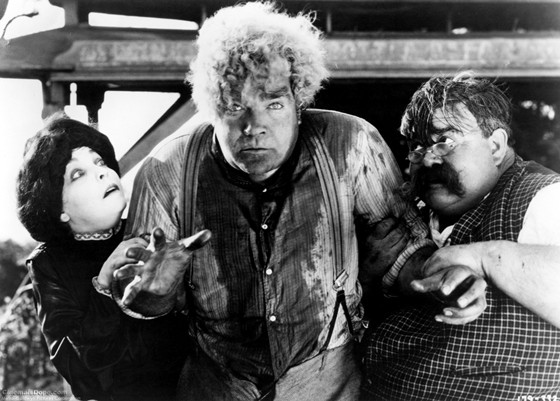
It was back then, centuries ago, when the invention of camera obscura would completely change the way we record the past, recreate memory and observe the detail of a fleeting moment. This premature occurrence of a static recording medium signified a very first subtle step into the idols of a man-made mirror of life: cinema.
The first movie ever made was a one-minute-long gallop of a horse that was created as a combination of 24 photographs by Eadweard Muybridge. This silent illusion of movement became a sudden boost that led on to the flourishing era of silent cinema, which once and for all changed the art of drama and used to fascinate the viewers all around the world since the early 1910s until the late 1920s.
Perhaps nowadays the scratched image, overdramatic body language and muted expression of the silent films seem obsolete and distant, as the developed technological means have provided absolutely realistic motion pictures. However, our “Little Tramp” will never die and his city’s lights will never fade away; “Nosferatu” will always remain scary in his pale skin and expressionist environment. Even, Fritz Lang’s “Metropolis” will possibly never stop appearing futuristic and otherworldly even in the next centuries.
Cinema is the art of immortalizing the past and enlivening the inside of a human heart. Cinema is both a reflection of reality and idea, and that’s why it’s the most complex and romantic form of art. You can’t be a movie buff without being nostalgic of a slightly colored past. Charlie Chaplin, Buster Keaton, F.W. Murnau, Sergei Eisenstein and all the others comprise the glorious past of today’s cinema. We can’t forget them.
Commonly, the silent films were short in comparison to the “talkies,” lasting from some minutes to more than an hour. In this list, we are reporting 10 of the longest, most thematically complete and technically impressive silent works. They’re pretty old yet timelessly precious, and despite what they say, life is long enough…
10. Dr. Mabuse the Gambler (1922)
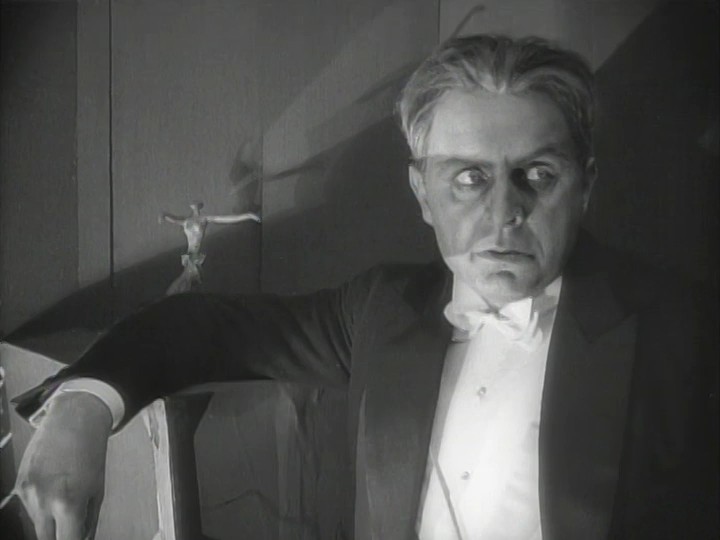
Fritz Lang is one of the most notorious European directors of both silent and sound films. He took action in Germany and America, being a sign of the German Expressionism and a contributor to Hollywood’s golden age. From his early German pictures to his Twentieth Century-Fox productions, Lang was always focused on existential issues, frequently developing them on crime cases that were heavily bathed in a noir-ish mood.
His 1922 “Dr. Mabuse, der Spieler” occurred during his early period of filmmaking, foreshadowing his forthcoming long career of breathtaking mysteries and existential expositions. Ostensibly an old-school gangster story, this extended two-part film follows a manipulative mobster who distracts great amounts of money from naïve bourgeoisie members, until he meets an intelligent and determined police inspector.
Unconventional in relation to its narrative structure and visually captivating, “Dr. Mabuse” exhibits an unfading thoroughness which emerges all along on the plot’s growth. Simultaneously suspenseful and character-driven, this is a film to enjoy, consider, and finally experience to the fullest through its deep psychological profiling and daring social breakthroughs.
9. Les Vampires (1915)
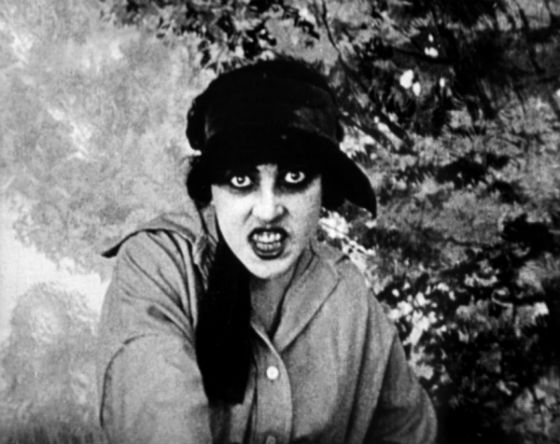
Louis Feuillade’s 1915 epic “Les Vampires” comprises a study of cinema’s functions, which occurs on an illusionary contrast between realism and surrealism. Developed throughout the time-span of ten episodes, this is an intelligent film of exceptional apprehension in relation to its remote present and its blurry future.
The mini-series of “Les Vampires” essentially tells the story of an underworld sect, as its members are chased by a journalist who’s determined to uncover their criminal activity. Self-called “vampires” the film’s greedy heroes are in a way terrifying creatures that suck blood from their victim’s fragile veins‒ not in the exact way we see at first, but in the mundane way their society describes.
In this case, Feuillade achieves two significant objectives: he provides a dark-shaded portrait of an eternal society and he explores the dynamics of interpretation and its substantial relationship with reality. Creating this piece during the very early period of the 20th century, the French auteur engages true cinema in a profound and fascinating form. “Les Vampires” is highly recommended to be watched like one episode per day.
8. The Thief of Bagdad (1924)
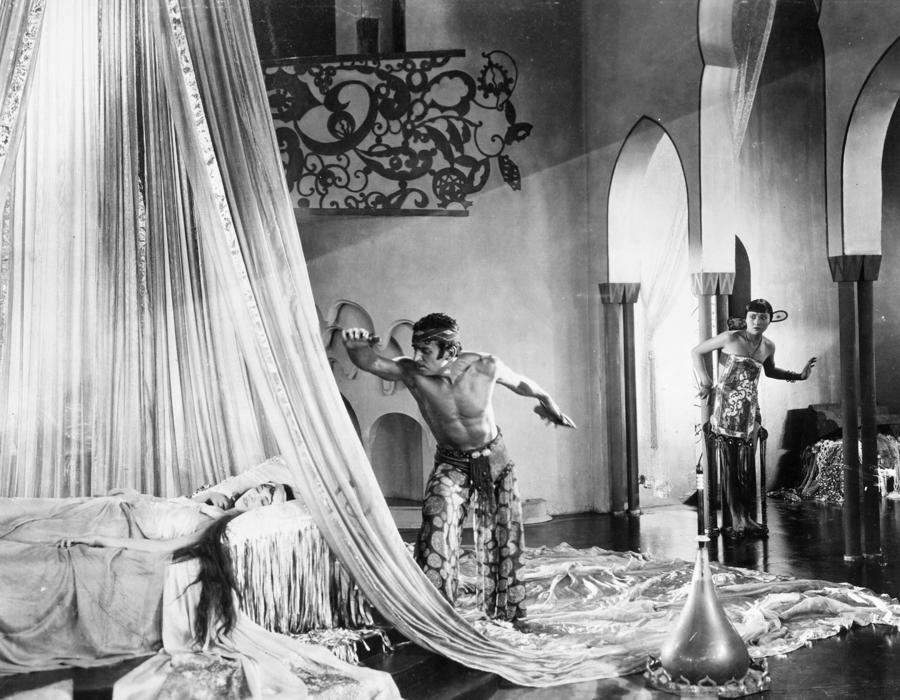
Written by Douglas Fairbanks and directed by Raoul Walsh, “The Thief of Bagdad” is a silent visual orgy of a fairytale. More than 90 years since its release, this film still comprises a feast for the eyes. Its immortal, somewhat adolescent grace was carefully weaved on a tapestry of extravagant visual effects and eccentric folklore myths.
There’s a kingdom, a desirable princess and a poor handsome buccaneer. There’s also a common enemy. This is a fairytale like the ones we were told during a cloud-weighted childhood. “Happiness Must Be Earned,” is the film’s quote. And indeed, this is what parents want for their children. In its child-like naivety, yet, this picture reflects the unspoiled heart of a true child.
Perhaps it steers clear from the multifaceted, sometimes illegible truths we seek in the art of cinema, but this silent masterpiece is defined by an unfailing, even inconceivable technical construction, considering its era. Stylistically glorious and thematically insouciant, “The Thief of Bagdad” delivers the beauty of its texture and the evasion of its flexures.
7. The Big Parade (1925)
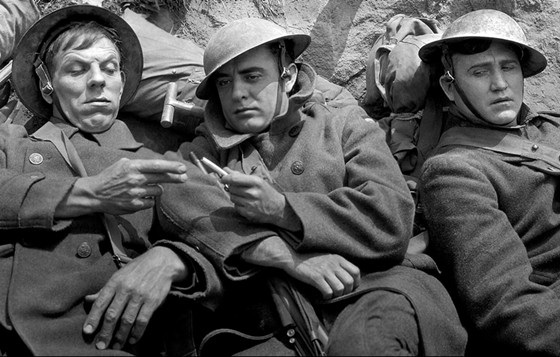
A very organic, detailed and bold projection of the state of war, “The Big Parade” by American director King Vidor arguably has inspired various anti-war works of Hollywood. Split in two chapters, the story on a first level describes the initiation of a soldier in an active army, while during the second part it puts on the spot the bloodstained landscape of war, pulling the rag from under the viewer’s feet due to its compelling brutality.
The seedy life in the battlefront is purposefully contrasted with a melodramatically approached romance between the story’s protagonist and a simple woman. The most horrid human condition is compared to the optimum one. Haste, greed and sentimental deprivation are set against the most intense emotions of all: erotic love.
Meanwhile, a subtle alternation of pure drama, comedy and romance embraces the deep substance of war: The simultaneous co-living and clash of mere humans with different origins; the inevitable contrast between the taught sense of patriotism and the inherent panhuman instincts. Glaring on the acting and technical adequacy, the multidimensional reality of “The Big Parade” is focused on that strange creature that needs and hates war at the same time…
6. The Four Horsemen of the Apocalypse (1921)
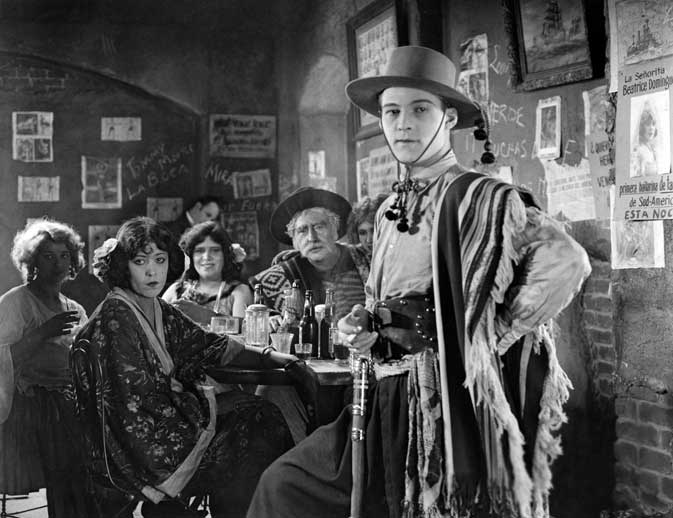
Blooming like a flower that suddenly sprouted somewhere in between the ruins of World War I, the silent era grasped a lot of the case’s raw materials in order to dominate its thematic construction. In this framework, one of the best anti-war silent pieces is “The Four Horsemen of the Apocalypse” by Irish filmmaker Rex Ingmar.
Ingmar’s patient tale of a big family’s course during the Great War observes the situation from many different standpoints, always focusing on the object of the human mind and its abilities to adopt positions and express its own esoteric maladies on the flaming flag of war.
The film’s thematic gravity center isn’t concentrated on the pragmatic consequences of the embattled circumstances‒ it’s more of a philosophic approach toward the behavioral trends of humans according to their tribal and geographic origins, as well as according to their inherent psychological qualities.
“The Four Horsemen of the Apocalypse” oozes a poetic misery that electrifies the charged wires of a deprived human heart in any case. War isn’t a sudden incident between national armies. War originates from an amalgamation of muted societal malfunctions which daily strike every man on many levels. War hushes art and sentiment until it recreates both of them in a body of fiery colors. And all these are said in a poem of flowing, subtle beauty.